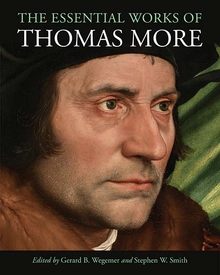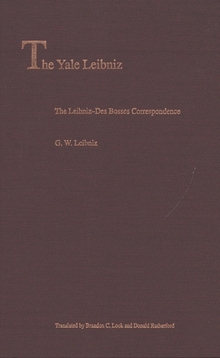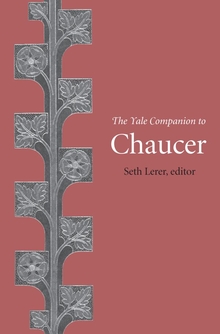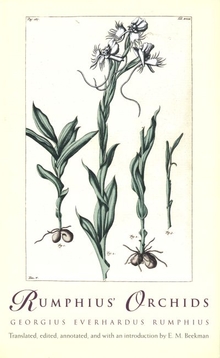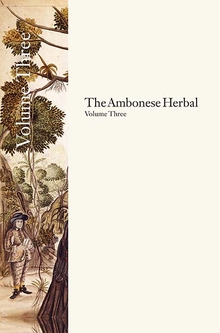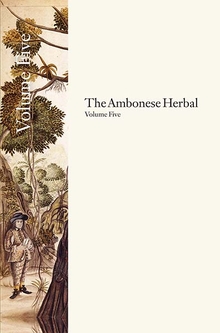The Ambonese Herbal, Volume 1
WARNING
You are viewing an older version of the Yalebooks website. Please visit out new website with more updated information and a better user experience: https://www.yalebooks.com
Introduction and Book I: Containing All Sorts of Trees, That Bear Edible Fruits, and Are Husbanded by People
Georgius Everhardus Rumphius; Translated, annotated, and with an introduction by E. M. Beekman
Over the course of five decades, the seventeenth-century naturalist Georgius Everhardus Rumphius assiduously gathered information on the native plants of Ambon Island and its archipelago. By presenting descriptions of the plants and their multiple uses, he succeeded in creating a cultural and scientific treasury of incomparable value for today’s botanists, anthropologists, ethnobotanists, science historians, medicinal chemists, and other scholars. This comprehensive reference, complete with over 800 original illustrations, describes in remarkable detail more than 2,000 plants, their habitats, and their economic and medicinal uses. Also recorded are native plant names in Malay, Latin, Dutch, and Ambonese—and often in Macassarese and Chinese as well.
E. M. Beekman's introduction discusses the Herbal’s significance for tropical botanical literature and surveys the Indonesian economic and medicinal uses of the plants Rumphius described. Beekman also provides invaluable annotations throughout the Herbal.
Copublished with the National Tropical Botanical Garden
“Rumphius’s unique work deserves to be known the world over. And for his achievement, Professor Beekman deserves a medal.”—Peter van Zonneveld, Leiden University, The Netherlands
“No other book on Asian plants with comparable detailed descriptions and notes has ever been written, and it would be impossible to make many of the observations again today. …the Herbarium Amboinense is not only a work of great botanical and historical importance, but is also highly relevant in the current search for new plant-derived medicines and an invaluable record of the customs of the time….It is my pleasure to strongly recommend Rumphius’s Herbarium Amboinense to all those interested in these magnificent accounts."—Peter Raven, Missouri Botanical Garden
Publication Date: June 14, 2011
Publishing Partner: Copublished with the National Tropical Botanical Garden
122 b/w illus; 4 color tip-in pages.



